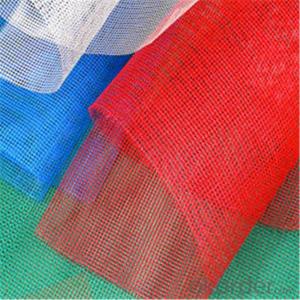Fiberglass Protective Clothing: The Essential Gear for Safety
When it comes to working with fiberglass, safety should never be an afterthought. The unique properties of fiberglass make it a popular material in various industries, but it also comes with its own set of hazards. That’s why investing in the right protective clothing is crucial. In this article, we’ll explore the importance of fiberglass protective clothing, the different types available, and how to choose the right gear for your needs.
The Importance of Safety with Fiberglass
Fiberglass is a versatile material used in construction, automotive, aerospace, and many other industries. It’s strong, lightweight, and can be molded into various shapes. However, working with fiberglass can expose you to potential risks such as skin irritation, respiratory issues, and even more severe health problems if not handled properly. The tiny fibers can be abrasive and may cause discomfort or harm when they come into contact with your skin or are inhaled.
The Role of Protective Clothing in Fiberglass Work
Protective clothing serves as a barrier between you and the hazards associated with fiberglass. It’s not just about preventing immediate injuries; it’s also about safeguarding your long-term health. The right protective gear can help reduce exposure to fiberglass dust and fibers, which is essential for anyone working in environments where fiberglass is used regularly.
Types of Fiberglass Protective Clothing
1. Coveralls: These are full-body suits designed to cover your entire body, preventing direct contact with fiberglass. They are typically made from a blend of materials that are resistant to the abrasive nature of the fibers.
2. Gloves: Specialized gloves are needed to protect your hands from the sharp edges of fiberglass. Look for gloves made with cut-resistant materials and a good grip to handle fiberglass safely.
3. Respirators: Since inhaling fiberglass dust can be harmful, wearing a respirator is essential. Choose a respirator that fits well and meets the required safety standards for your work environment.
4. Safety Glasses: To protect your eyes from flying particles and dust, safety glasses or goggles are a must. They should provide full coverage and be made from impact-resistant materials.
5. Boots: Sturdy boots with slip-resistant soles are necessary to protect your feet from sharp objects and provide stability on various surfaces.
Choosing the Right Protective Gear
When selecting protective clothing, consider the following factors:
– Type of Work: The nature of your work with fiberglass will determine the level of protection you need. For instance, if you’re working with raw fiberglass, you’ll need more extensive coverage than if you’re just handling finished products.
– Comfort: Comfort is key when it comes to wearing protective gear for long periods. Look for clothing that is breathable and allows for a full range of motion.
– Durability: High-quality materials will ensure that your protective gear lasts longer and provides consistent protection.
– Certifications: Make sure the clothing you choose meets the necessary safety standards and certifications required for your industry.
Personal Experience with Fiberglass Protective Clothing
I remember my first time working with fiberglass. I didn’t have the proper protective clothing, and I ended up with a rash on my arms and a sore throat. It was a painful lesson, but it taught me the importance of wearing the right gear. Since then, I’ve made it a point to always wear the appropriate protective clothing when working with fiberglass.
The Impact of Proper Protective Gear on Health and Productivity
Wearing the right protective clothing not only safeguards your health but also enhances your productivity. When you’re not worried about potential injuries or health issues, you can focus on your work and complete tasks more efficiently. Moreover, feeling comfortable and secure in your protective gear can boost your confidence and improve your overall work experience.
Conclusion
Fiberglass protective clothing is an essential investment for anyone working with this material. It’s not just about following safety regulations; it’s about taking care of your well-being and ensuring you can continue doing the work you love without compromising your health. So, the next time you’re about to work with fiberglass, make sure you’re dressed for the task in the right protective gear.

